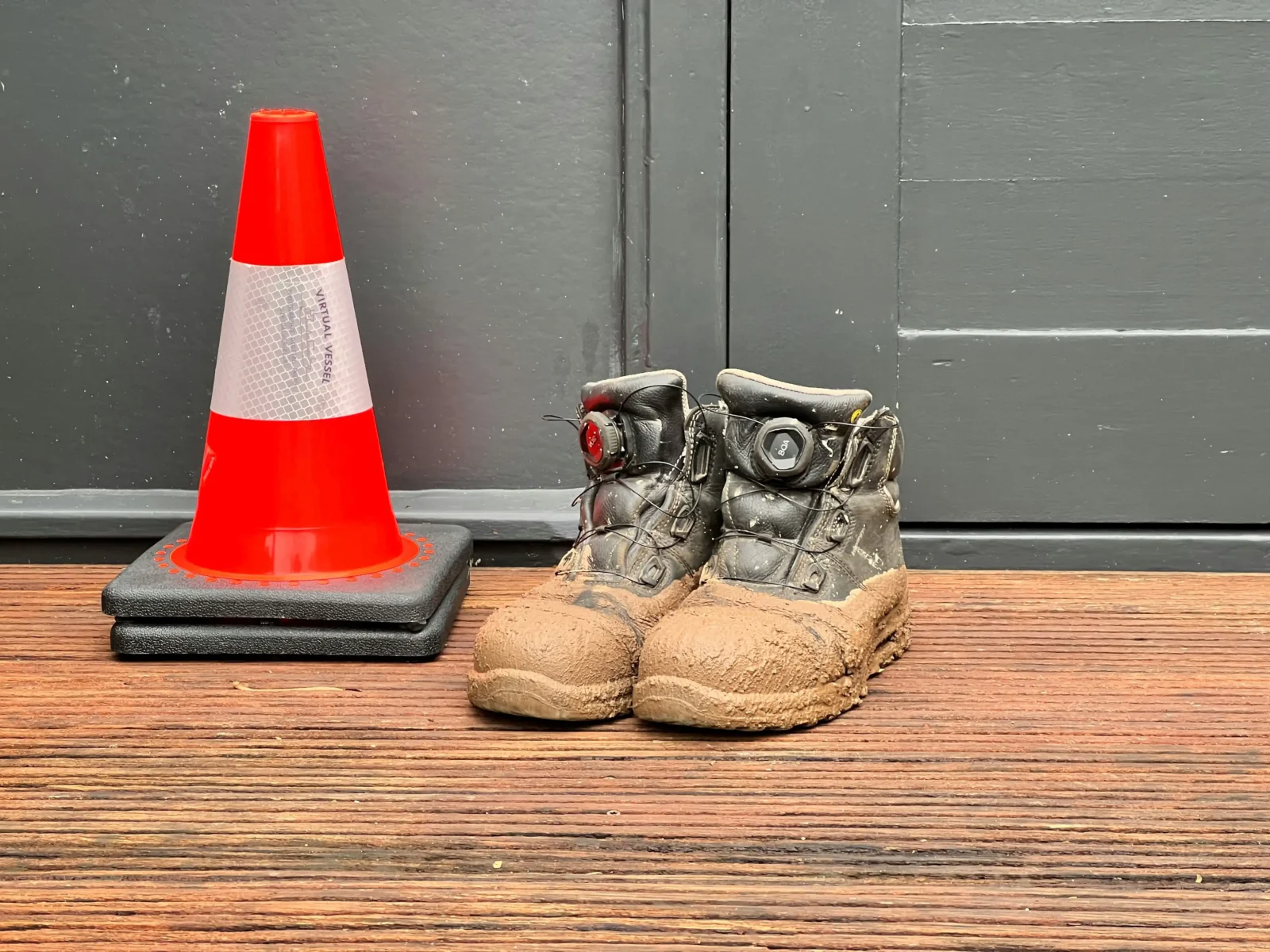- Home
- Articles
- Architectural Portfolio
- Architectral Presentation
- Inspirational Stories
- Architecture News
- Visualization
- BIM Industry
- Facade Design
- Parametric Design
- Career
- Landscape Architecture
- Construction
- Artificial Intelligence
- Sketching
- Design Softwares
- Diagrams
- Writing
- Architectural Tips
- Sustainability
- Courses
- Concept
- Technology
- History & Heritage
- Future of Architecture
- Guides & How-To
- Art & Culture
- Projects
- Interior Design
- Competitions
- Jobs
- Store
- Tools
- More
- Home
- Articles
- Architectural Portfolio
- Architectral Presentation
- Inspirational Stories
- Architecture News
- Visualization
- BIM Industry
- Facade Design
- Parametric Design
- Career
- Landscape Architecture
- Construction
- Artificial Intelligence
- Sketching
- Design Softwares
- Diagrams
- Writing
- Architectural Tips
- Sustainability
- Courses
- Concept
- Technology
- History & Heritage
- Future of Architecture
- Guides & How-To
- Art & Culture
- Projects
- Interior Design
- Competitions
- Jobs
- Store
- Tools
- More
The Importance of Durable Firewalls for Protecting Critical OT Systems

Operational Technology (OT) systems control the physical processes behind crucial infrastructure, power grids, manufacturing lines, water treatment facilities, transportation networks, and more. As these systems become increasingly connected to IT networks, their exposure to cyber threats grows. In this high-risk environment, the need for durable, purpose-built cybersecurity defenses is paramount. One of the most critical components of that defense is the firewall.
Unlike traditional IT firewalls that protect emails or data servers, OT firewalls must withstand harsh environments, run continuously without failure, and adapt to evolving cyberattack strategies. The importance of investing in firewalls that are secure and physically resilient cannot be overstated when human safety and national infrastructure are on the line.
Table of Contents
ToggleWhy OT Systems Require Specialized Protection
OT environments differ significantly from IT ecosystems. While IT prioritizes data confidentiality and network uptime, OT emphasizes availability, safety, and physical control. A cyberattack that compromises a manufacturing line’s controller or a substation’s switchgear can result in catastrophic consequences, damaged equipment, operational downtime, or public safety risks.

Standard firewalls used in office settings may not be suitable for industrial environments. Factors like electromagnetic interference, temperature fluctuations, vibration, dust, and humidity can all impact performance. OT systems operate with unique communication protocols like Modbus, DNP3, and Profinet, which many commercial firewalls aren’t equipped to interpret or filter effectively.
Therefore, it’s critical to deploy firewalls that are specifically engineered for OT environments. These solutions must operate under harsh conditions, support industrial protocols, and deliver high availability, often in isolated or remote settings.
Hardware Reliability
In OT, physical reliability is as important as digital defense. Many environments, such as oil rigs, factory floors, or remote substations, face extreme operational challenges. Firewalls installed here must function reliably without climate control, uninterrupted power, or frequent human oversight. That’s where rugged firewall features that enhance reliability become crucial. Such features may include fanless cooling designs, extended temperature range tolerances, hardened casings, shock and vibration resistance, and industrial-grade power supplies.
These design elements reduce the risk of hardware failure and allow firewalls to operate 24/7 in tough environments.
Durable firewalls are typically engineered with redundant components and failover mechanisms. In critical systems where uptime is non-negotiable, these safeguards ensure network protection persists even if part of the device fails or needs to be updated. Reliability isn’t just a convenience in OT; it’s a requirement.
Deep Packet Inspection for Industrial Protocols
OT networks rely on specific protocols to communicate with sensors, actuators, and control systems. Many of these protocols were never designed with security in mind. Without encryption or authentication, they can be vulnerable to spoofing, tampering, and man-in-the-middle attacks.
Durable OT firewalls must provide deep packet inspection (DPI) capabilities tailored to these industrial protocols. DPI allows firewalls to examine the actual contents of network packets, not just headers, to identify suspicious commands or malformed data.
By filtering messages based on operational context, such as which device is allowed to issue start or stop commands, DPI can prevent malicious traffic from disrupting physical processes. This granular control helps enforce operational policies and detect anomalies early.
Segmentation and Network Zoning
Network segmentation is a core principle of OT cybersecurity. By dividing an industrial network into functional zones, such as production, control, and enterprise layers, organizations can prevent a compromise in one area from spreading to others.
Durable firewalls play a vital role in enforcing these zones. They act as gatekeepers between segments, filtering traffic based on defined rules and controlling which devices can communicate across layers. This containment strategy is crucial in OT, where flat, unsegmented networks are still common and pose significant security risks.
Firewalls designed for industrial networks support zone-based policies and VLAN tagging, enabling clear separation between IT and OT traffic. With proper segmentation, organizations can limit attack surfaces, reduce response times, and improve compliance with frameworks like ISA/IEC 62443 and NIST SP 800-82.

Visibility and Centralized Management
While many OT systems were originally deployed as “set-and-forget,” today’s cybersecurity landscape demands real-time visibility and centralized oversight. Firewalls should not operate in isolation, they need to feed data into Security Information and Event Management (SIEM) platforms or OT-specific security dashboards.
Durable firewalls often come with integrated logging, threat intelligence feeds, and support for standard protocols like Syslog and SNMP. These tools provide valuable insight into traffic flows, device behavior, and potential threats. Visibility is key for incident detection, forensic analysis, and maintaining regulatory compliance.
Preparing for the Future of OT Security
As industrial operations embrace digital transformation, the attack surface continues to grow. Smart factories, cloud-connected PLCs, and remote maintenance tools all introduce new vulnerabilities. At the same time, threats are becoming more sophisticated, with attackers targeting OT systems for financial, political, or destructive motives.
To stay ahead, organizations must future-proof their infrastructure with firewalls that are durable and adaptable. This means supporting firmware updates, integrating with threat intelligence platforms, and allowing for modular upgrades as needs evolve.
Protecting critical OT systems requires more than just software; it demands hardware built to endure harsh environments, understand industrial protocols, and operate without fail. Durable firewalls are a frontline defense that combines physical toughness with digital intelligence. By investing in the right solutions now, organizations can safeguard their infrastructure, people, and communities from an ever-changing landscape of cyber threats.
illustrarch is your daily dose of architecture. Leading community designed for all lovers of illustration and #drawing.
Submit your architectural projects
Follow these steps for submission your project. Submission FormLatest Posts
Understanding Site Safety Footwear in Architectural Practice
Architecture is often discussed through drawings, models, and finished buildings, yet a...
General Arrangement Drawings in Architecture: The Backbone of Clear Design Communication
General Arrangement Drawings explained: what they are, when to use them, how...
The Ultimate Guide to Fencing in North Dakota: Choosing the Best Fence for Your Property
Watching a chain link fence twist in 70 mph winds near Minot...
Gaudí: Where Architecture Meets Science
Gaudí: Where Architecture Meets Science shows catenary arches, ruled surfaces, and biomimicry...












Leave a comment